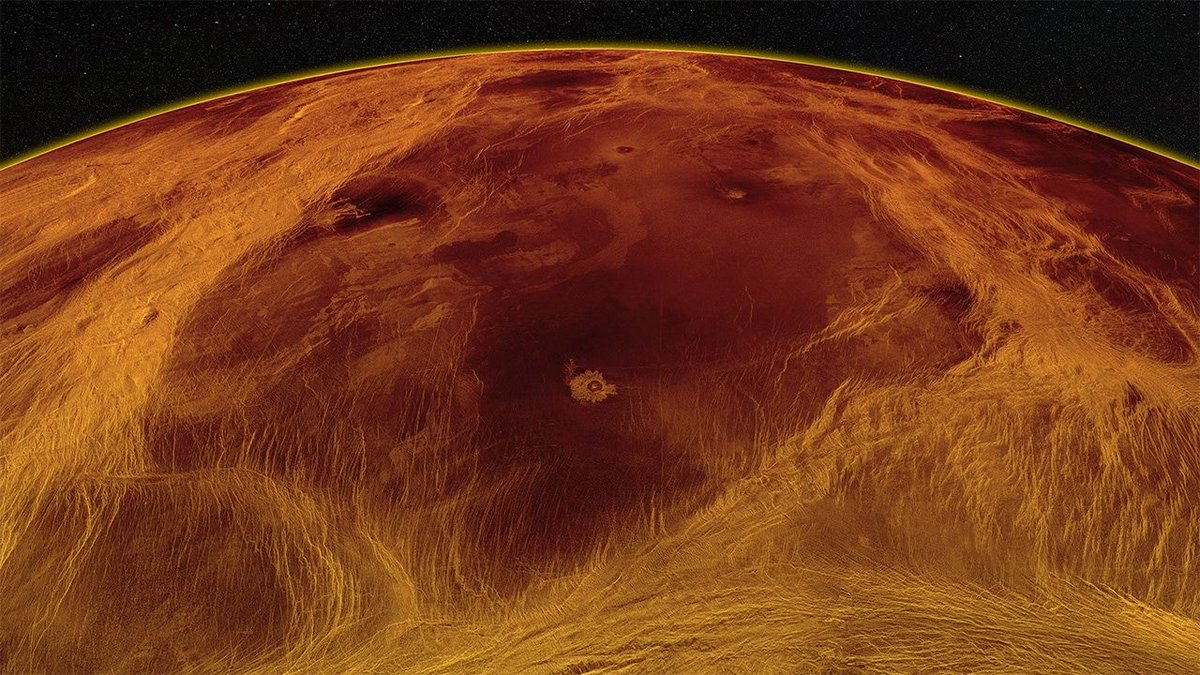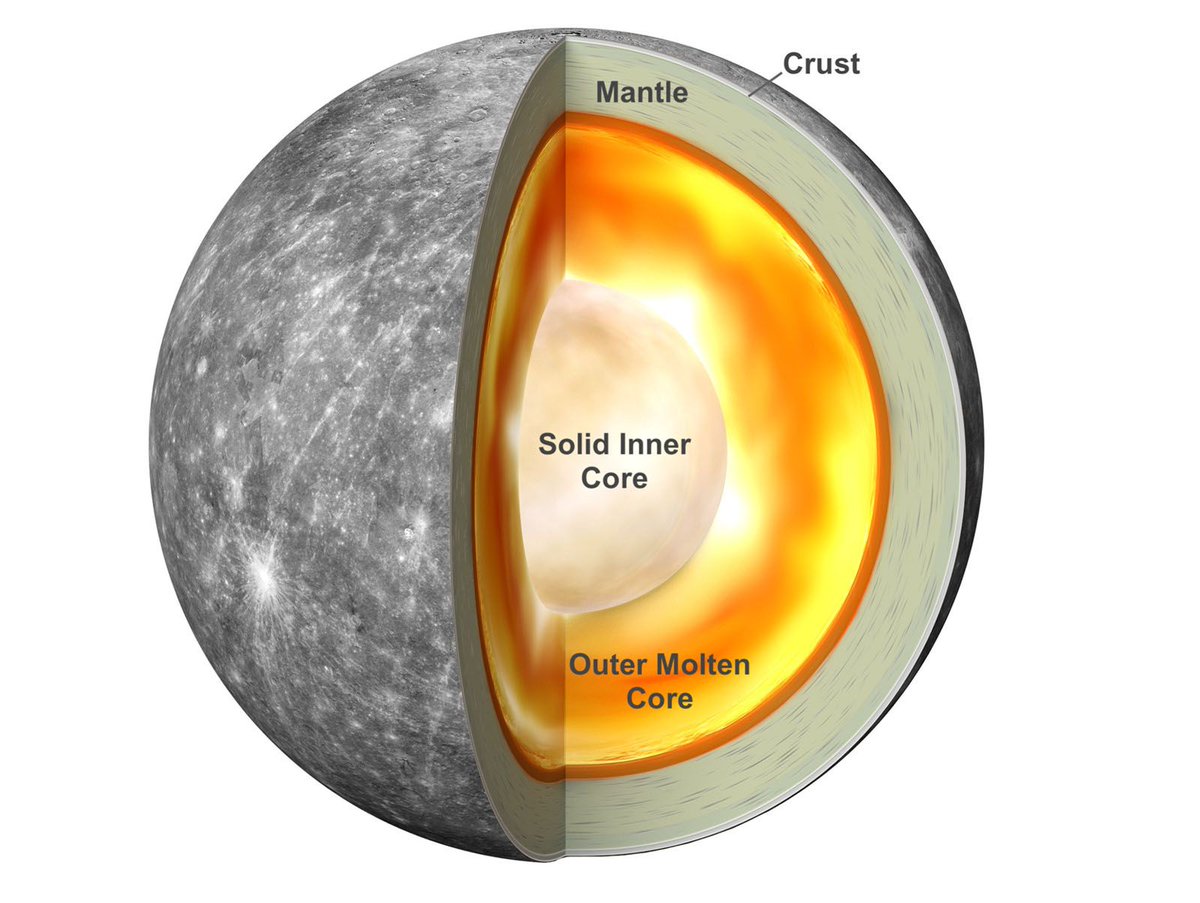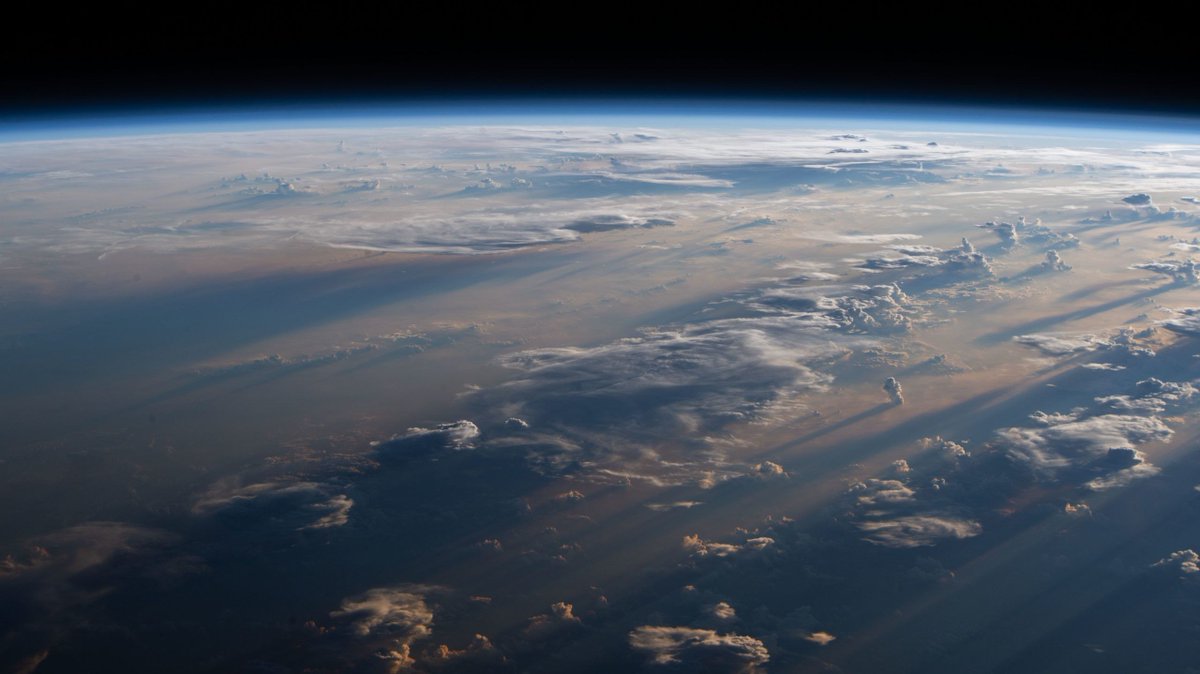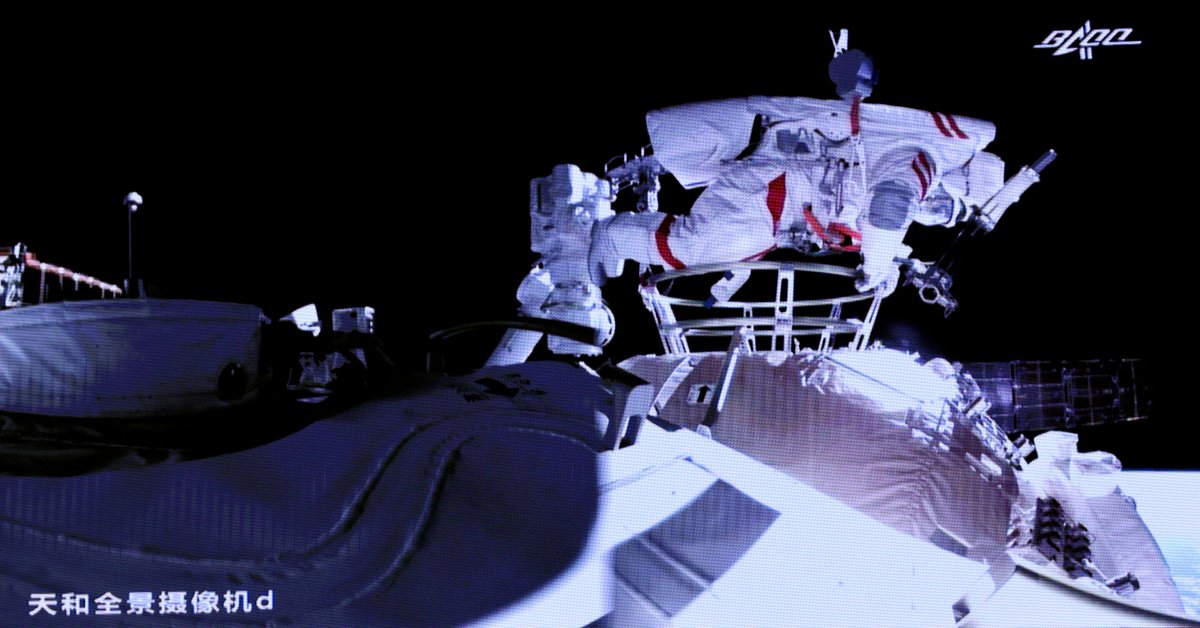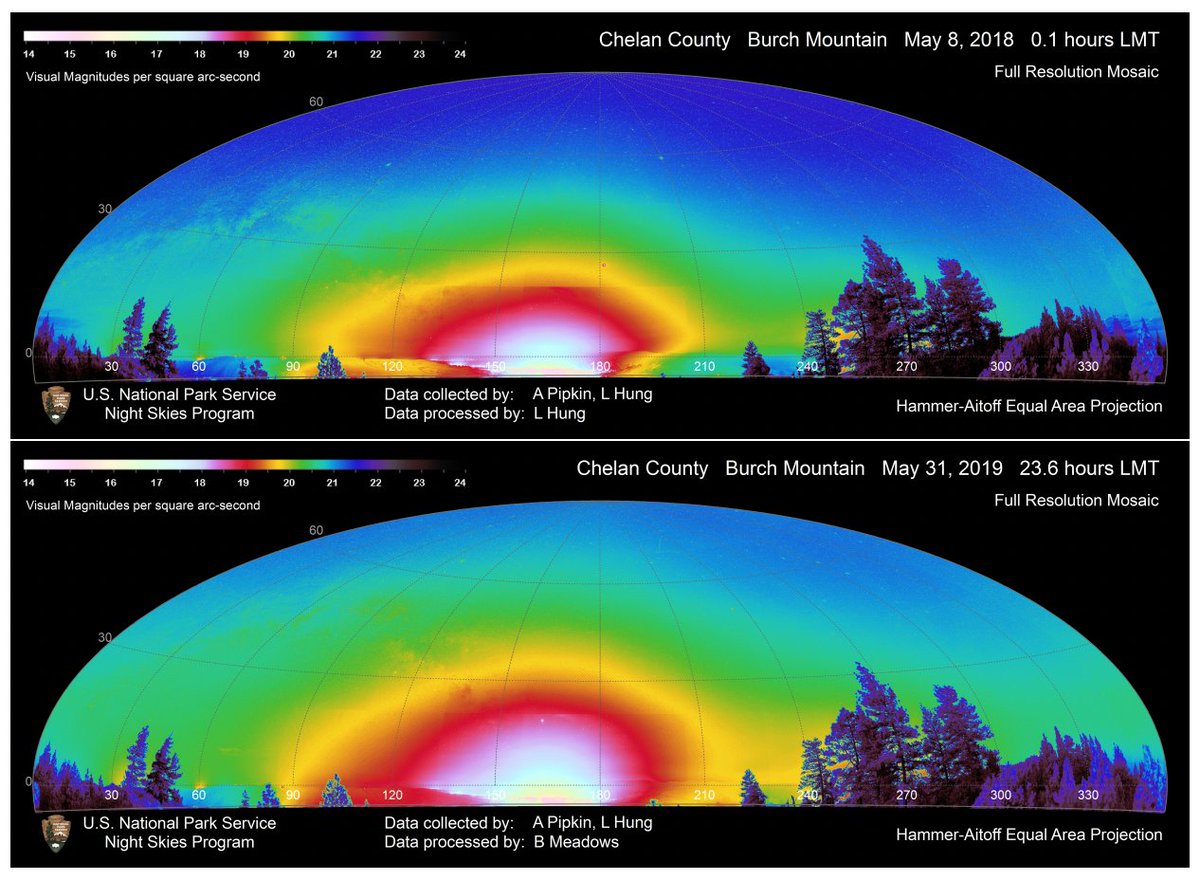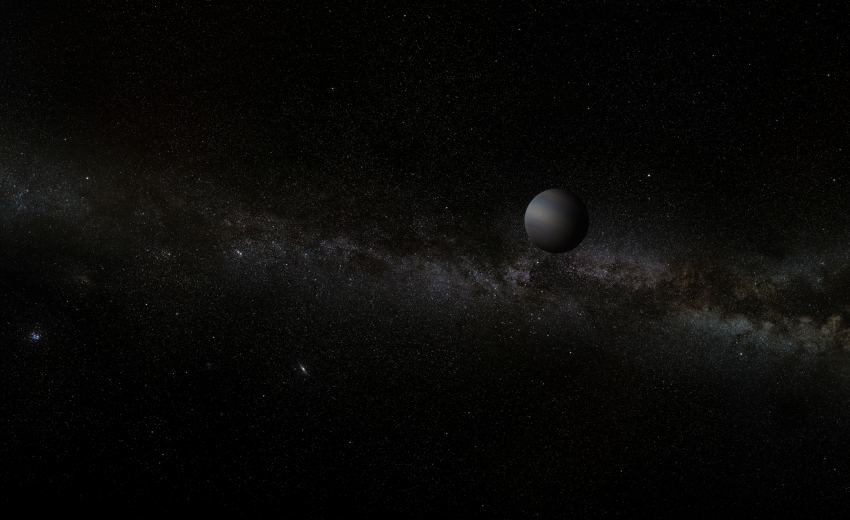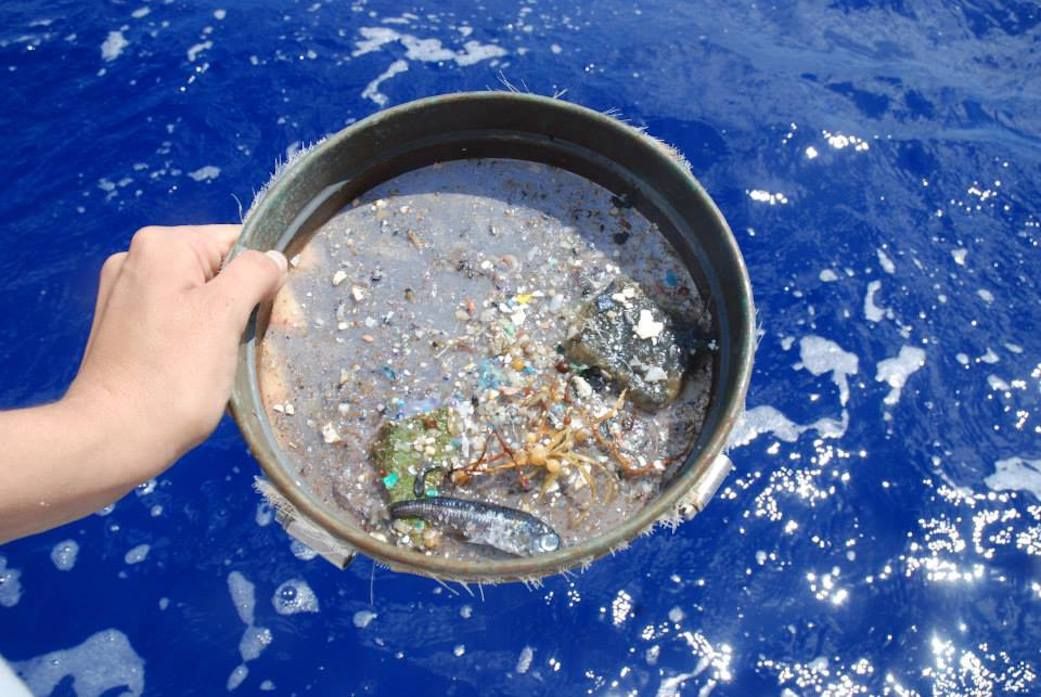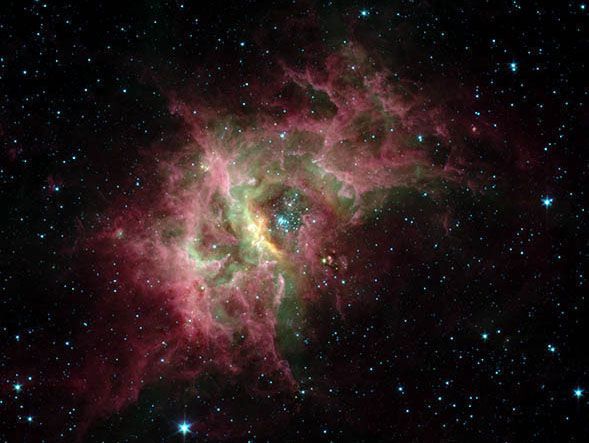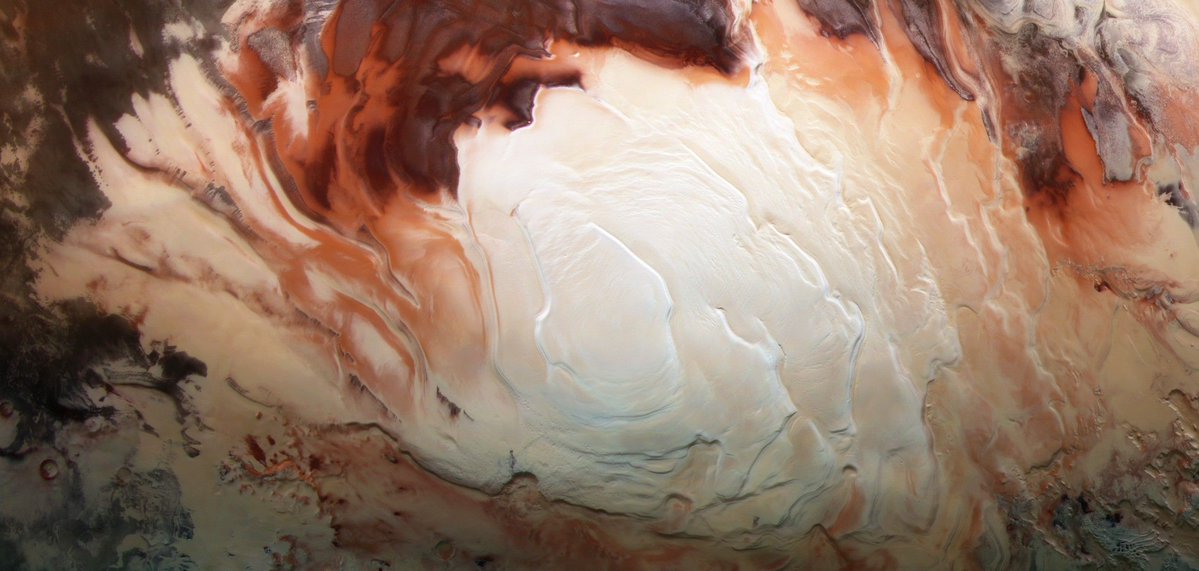Planets move in mysterious ways. Or at least their surfaces do. Earth famously has a system of tectonic plates that drives the movement of its crust. Those plate tectonics are ultimately driven by the flow of material in the mantle – the layer directly below the crust. Now, scientists have found a slightly different deformation mechanic on our nearest sister planet – Venus.
Continue reading “Venus’ Surface Tectonics is More Like Pack ice on Earth”Does Mercury Have a big Iron Core Because it’s so Close to the Sun’s Magnetic Field?
Magnetic fields are great for lots of things – directing explorers, levitating trains, and containing nuclear fusion reactions are just an example of what these invisible forces can do. Now we can ascribe another feature to magnetic fields – they can give planets a rocky core.
Continue reading “Does Mercury Have a big Iron Core Because it’s so Close to the Sun’s Magnetic Field?”The Earth’s Atmosphere is Storing Energy Twice as Quickly as it did 15 Years ago
These days it seems you can’t walk through a bookstore without bumping into a book or magazine pointing out the negative consequences of climate change. Everything from the hottest years on record to ruining astronomy can be tied to climate change. Now some new science lays another potential problem at climate change’s feet – the Earth is retaining more than twice as much heat annually as it was 15 years ago.
Continue reading “The Earth’s Atmosphere is Storing Energy Twice as Quickly as it did 15 Years ago”We Might Know why There’s so Little Antimatter in the Universe
Surprising findings sometimes come in small packages. And sometimes those small packages have to be delivered by very big systems. Physicists at MIT made some surprising findings from a very small radioactive molecule that was created in an accelerator at CERN. They believe that, if studied closely enough, these new types of radioactive molecules could shine some light on why there is more matter than anti-matter in the universe.
Continue reading “We Might Know why There’s so Little Antimatter in the Universe”Chinese Astronauts Take Their First Spacewalk Outside the new Station
Spacewalks are a relatively rare occurrence, and they normally draw at least a moderate amount of media coverage. So when a team of Chinese astronauts performed a spacewalk outside of their newly launched space station for the first time, it was bound to attract some notice. The successful walk installed equipment, including cameras, outside of the new Tiangong (“Heavenly Palace”) station.
Continue reading “Chinese Astronauts Take Their First Spacewalk Outside the new Station”The Streetlights in an Entire County Were Swapped to LEDs. Light Pollution got Worse
“The best laid plans of mice and men often go awry” – this famous paraphrase of Scottish poet Robert Burns sometimes sums up human ingenuity. That is exactly what happened when a county in Washington State decided to replace all of its county-owned streetlights with LEDs at least partially in an effort to combat light pollution. New research shows that they actually made the light pollution worse.
Continue reading “The Streetlights in an Entire County Were Swapped to LEDs. Light Pollution got Worse”Multiple Earth-Mass Rogue Planets Have Been Discovered Drifting Through the Milky Way
Last year we reported on how the Roman Space Telescope’s backers hoped it would be able to detect rogue planets using a technique called “microlensing”. Now, a team led by Iain McDonald, then at the University of Manchester, beat them to the punch by finding a few examples of Earth-sized rogue planets using data from an already aging space telescope – Kepler.
Continue reading “Multiple Earth-Mass Rogue Planets Have Been Discovered Drifting Through the Milky Way”Satellites can Track Microplastics From Space
Sometimes simple and elegant solutions are all that is needed to solve a problem. One problem that was searching for a solution was how to track microplastics. These small particles of plastics are what results after the sun and friction (such as ocean waves) break down larger plastic objects. They have become a huge problem in the ocean, wreaking havoc on ecosystems and their constituent organisms. Now, a team from the University of Michigan have used data originally collected to monitor hurricanes to try to track microplastics, potentially helping to reign in a problem that threatens to engulf the world’s oceans.
Continue reading “Satellites can Track Microplastics From Space”One of the Brightest Star-Forming Regions in the Milky Way, Seen in Infrared
Certain parts of the galaxy are more magical than others. There are barren wastelands where barely a particle strays through occasionally, and there are fantastical nebulae that can literally light up the sky. But beyond their good looks, those nebulae hold secrets to understanding some of the most important features of any galaxy – stars. Now, for the first time, a team from the University of Maryland managed to capture a high resolution image of one of the most active star-forming regions in our part of the galaxy. Data from that image are not only spectacular, but can illuminate the details of the star formation process.
Continue reading “One of the Brightest Star-Forming Regions in the Milky Way, Seen in Infrared”Potentially More Subsurface Lakes Found on Mars
One of the hardest things to reconcile in science is when new data either complicates or refutes previously findings. It’s even more difficult when those findings were widely publicized and heralded around the community. But that is how science works – the theories must fit the data. So when a team from JPL analyzed data from Mars Express about the Martian South Pole, they realized the findings announced in 2018 about subsurface lakes on Mars might have been more fraught than they had originally thought.
Continue reading “Potentially More Subsurface Lakes Found on Mars”
